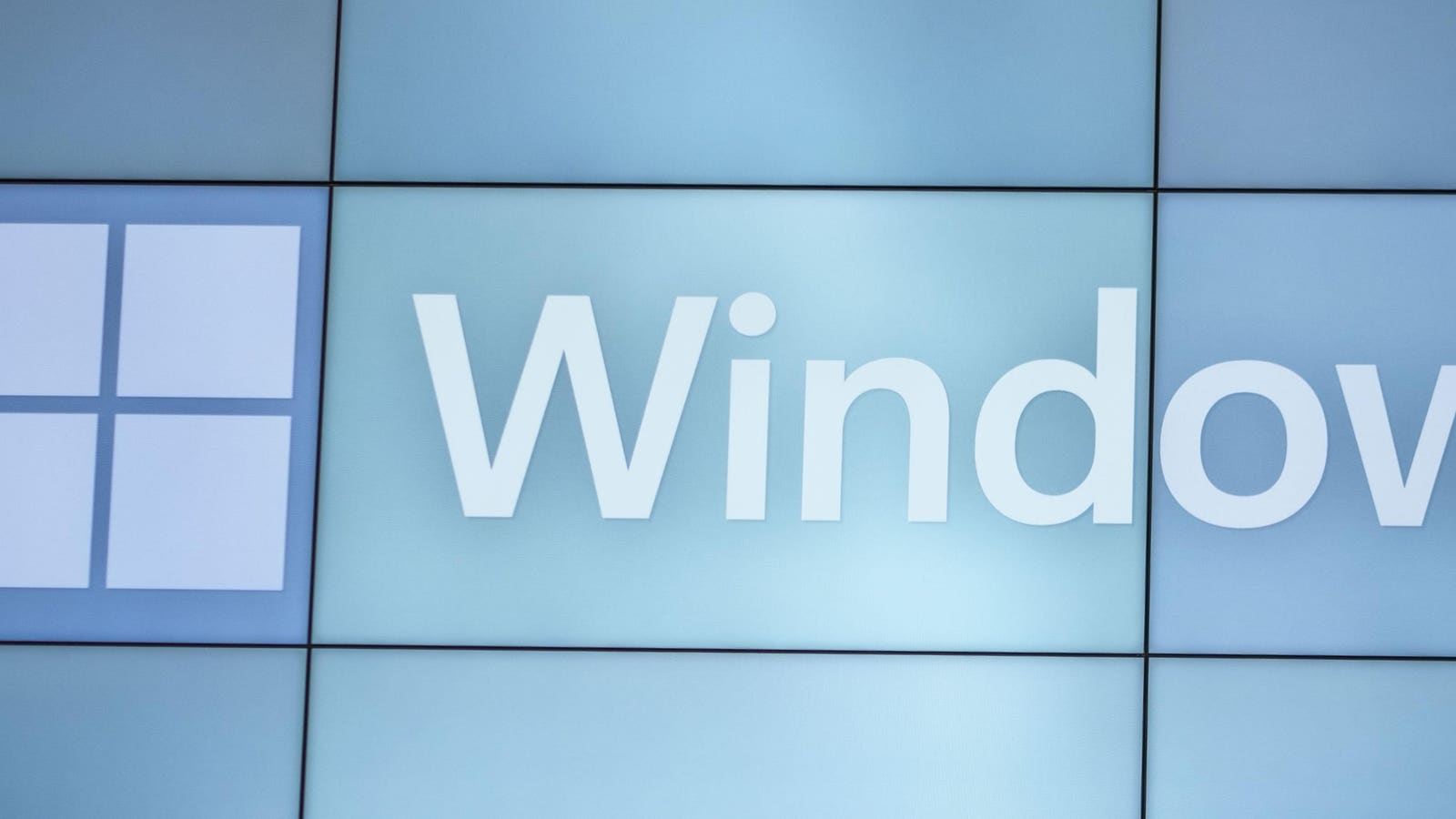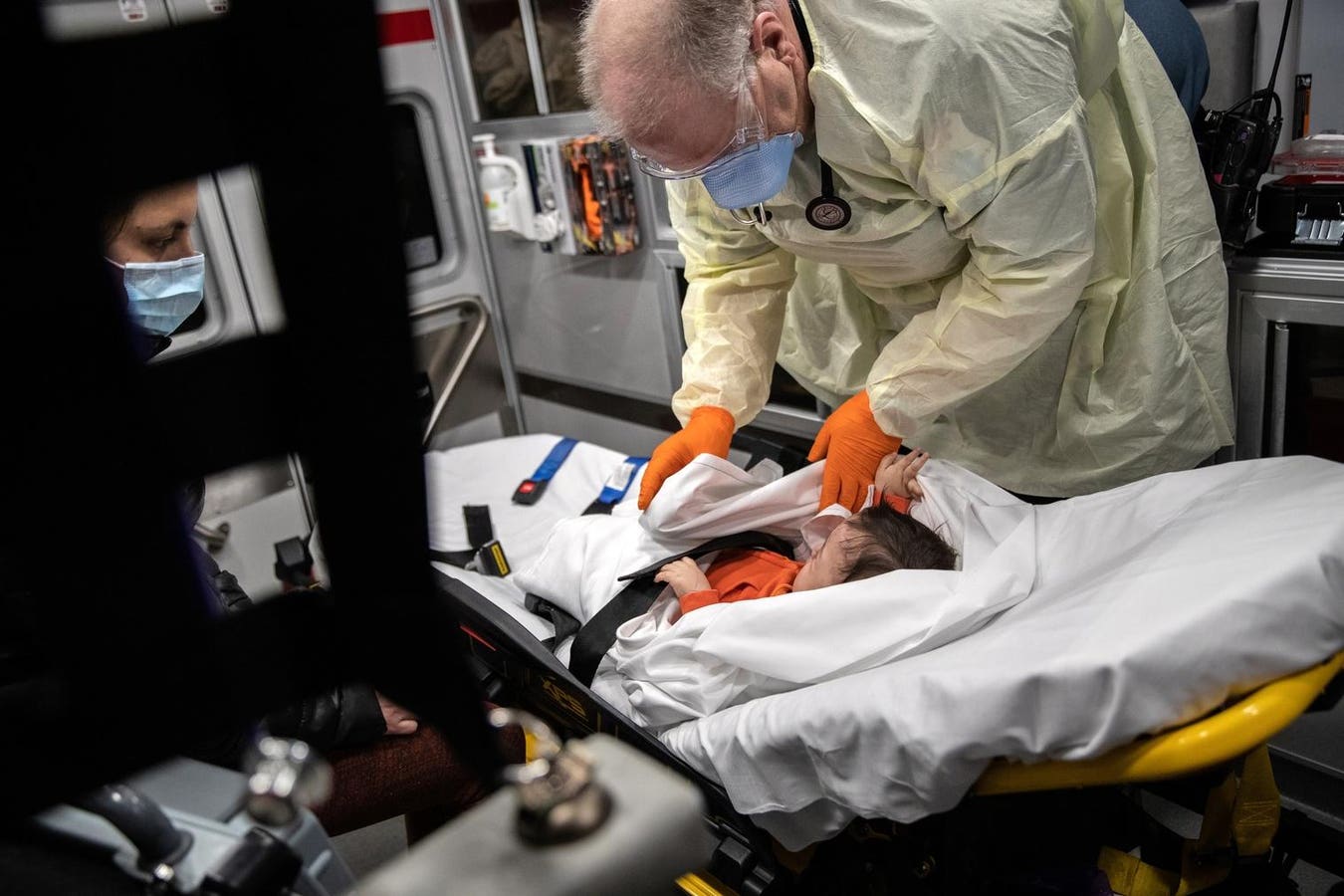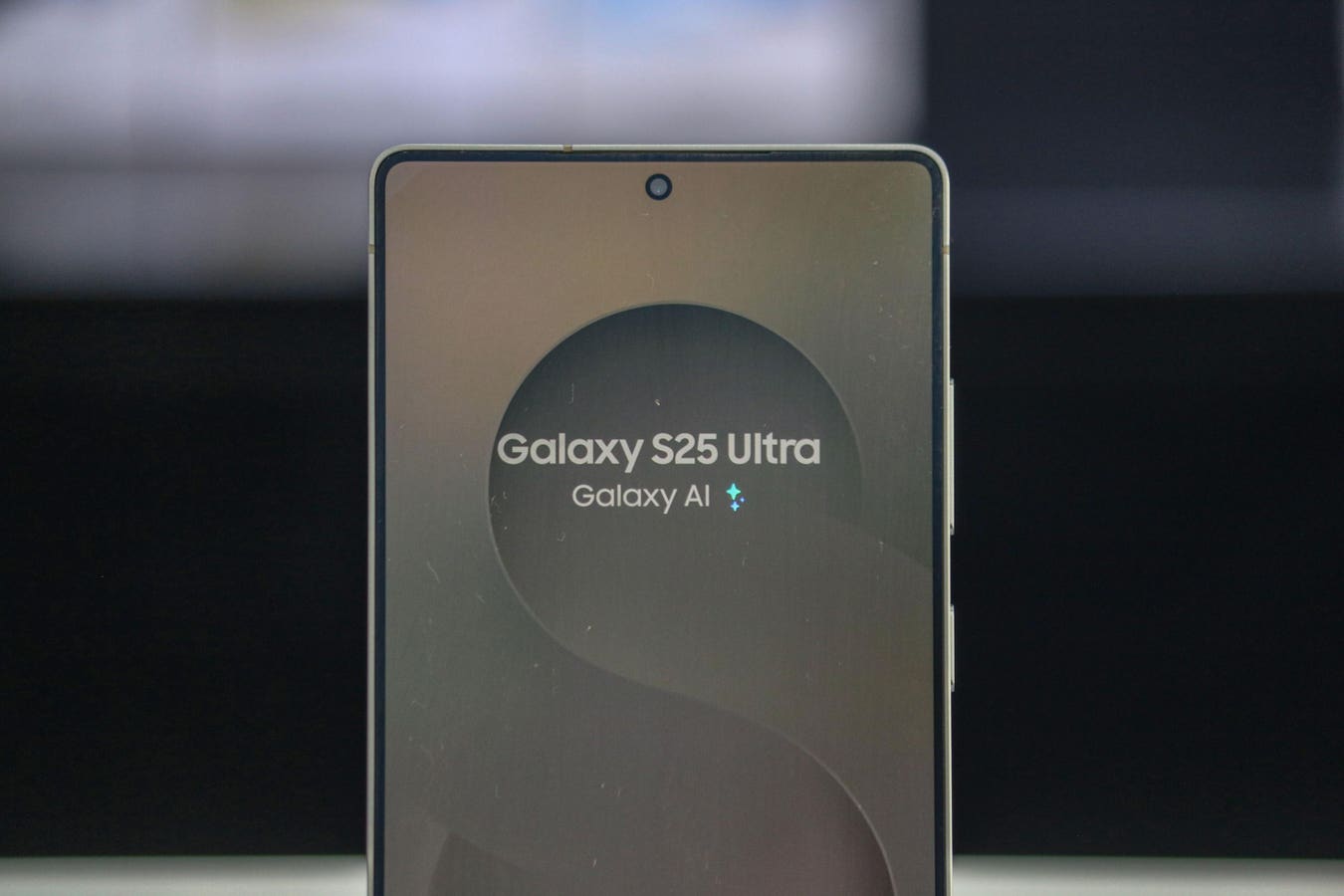More bad news for Windows 10 users.
Republished on May 18 with news of an updated user support document following confirmation of the latest issue and promises of a fix.
Here we go again. New reports suggest an increasing number of users are being hit with BitLocker Recovery screens and even dreaded Blue Screens of Death after downloading and trying to install Microsoft’s latest Windows 10 update.
Per Windows Latest, reports suggest “the KB5058379 install starts, but ends up at “Enter the recovery key to get going again (Keyboard layout: US)” screen, and there’s a text field to add the recovery key. In some cases, there’s a BSOD as well.”
This is a mandatory update and addresses serious security threats for millions of users, some of which are now actively under attack. “You don’t have a choice but to install the update — Microsoft’s support document still states the company is not aware of any new issues. But user reports received by Windows Latest contradict it.”
If you’re hit with the issue, your recovery path could be painful, including “disabling Intel TXT / Trusted Execution to allow KB5058379 to finish installation.” The Windows Latest article linked above included full details. Take a deep breath…
“We had 1 BSOD on a Dell Precision 3660 right after applying the cumulative update to 24H2,” warned one Redditor. “Uninstalling didn’t help. BSOD approximately 6 minutes after reboot, consistently. Event log had some issues with Dell Supportassist so I uninstalled the 4 programs, and fine after that.”
While another reported: “Seeing an issue with Win10 22H2 19045.5854 – KB5058379. BSOD after updating. Disabling VT for Direct I/O in BIOS virtualization settings allows the computer to boot again, but not a real ‘fix’ for why this is happening.
Opened a ticket with Microsoft and will update when I hear back.”
It’s always tricky when such mandatory security updates hit users in this way, there’s no good answer. Users might be tempted to delay applying the update until there’s clarity from Microsoft, but often these reports are only seen afterward.
These are clearly intense times for the hundreds of millions still on Windows 10, with the impending October 14 end of support date now looming large. The good news over recent days is that your Microsoft 365 apps will still receive security updates after that date, even if your OS does not. Meantime, good luck with the May install. Notably, this does not impact Windows 11 users.
I have approached Microsoft for any comments or user guidance. In the meantime, the company has confirmed the issue. “We are aware of a known issue on devices with Intel Trusted Execution Technology (TXT) enabled on 10th generation or later Intel vPro processors. On these systems, installing the May 13, 2025, Windows security update (KB5058379) might cause lsass.exe to terminate unexpectedly, triggering an Automatic Repair. On devices with BitLocker enabled, BitLocker requires the input of your BitLocker recovery key to initiate the Automatic Repair.”
Microsoft warns users that it doesn’t have the ability to retrieve, provide, or recreate a lost BitLocker recovery key.” Users should use this link for guidance. The Windows-maker assures that “we are urgently working on a resolution for this issue, with plans to release an Out-of-band update to the Microsoft Update Catalog in the coming days. We will provide more information when it is available.”
Per Bleeping Computer, “Microsoft’s acknowledgment of this issue comes after many Windows users and admins have reported seeing devices unexpectedly enter the Windows Recovery Environment (WinRE) and displaying a BitLocker recovery screen.”
That confirmation and assurance of a fix will come as some comfort to those who are struggling to work through the issue. Microsoft says only a “small number” of users are impacted; but a small percentage of 700 million users is a lot of blue screens.
Meanwhile, as spotted by Neowin, “Microsoft [has] shared [an] official guide for fixing every Windows 11/10 update download/install error.” This iosn ‘t new, the guide itself has been around a while, but with the latest Windows 10 issue still swirling, “Microsoft has added several new pointers.” This should be helpful, Neowin suggests, given “sometimes, these [bugs] take Microsoft many months to resolve.”
Any Windows 10 users who happens upon the updated support document will be told to “start by running the automated Windows Update troubleshooter in the Get Help app. It will automatically run diagnostics and attempt to fix most of the problems.”
To do this, Neowin explains:
- “Select Start > Settings > Update & Security.
- From the left-hand menu, select Troubleshoot, then click on Additional troubleshooters.
- Under the Get up and running section and select Windows Update and click Run the troubleshooter.
- Follow the on-screen instructions to complete the process.”
According to Microsoft, these are the most common update error codes for Windows 10:
Helpful as this timely new update is, users await conformation of a fix for the latest update issue as ever more reports continue to come in as ever more users are hit.








